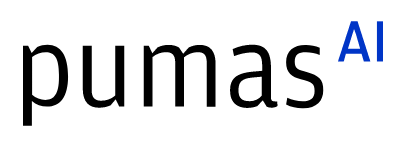Interplay between chaos and stochasticity in celestial mechanics
Abstract:
This work is focused on the development of an open-source Julia package for the stochastic characterization and the study of chaotic motion in astrodynamics. We focus on the computation of various chaos indicators, among others Fast Lyapunov Indicators (FLI), Finite-Time Lyapunov exponents (FTLE) and Mean Exponential Growth factor of Nearby Orbits (MEGNO) and chaos indicators more in general.
Description:
Chaotic behavior is omnipresent in celestial mechanics dynamical systems and it is relevant for both the understanding and leveraging the stability of planetary systems, inner solar system in particular. The quantification of the probability of impacts of near Earth objects after close encounters with celestial bodies; the possibility of designing robust low energy transfer trajectories, not limited to invariant manifolds but also leveraging the weak stability boundary for the design of the ballistic captures trajectories in time-dependent dynamical systems; the characterization of diffusion processes in Nearly-Integrable Hamiltonian systems in celestial mechanics. In order to have a robust description of chaos, therefore being able to describe chaotic motion in the context of dynamical systems characterized by parametric uncertanties, and in parallel being able to investigate the effect of random perturbations (e.g. Langevin equation, jump-diffusion processes) this work builds on “Polynomial Stochastic Dynamic Indicators” (Vasile, Manzi) in which tools from functional analysis, such as orthogonal polynomials (e.g. PolyChaos.jl) and more in general feature maps coming from the theory of support vector machine and kernel methods are used to approximate the functional describing a positive measure defining the state of the system.
This probabilistic generalizations of existing chaos indicators will be computed for a number of dynamical systems (e.g. Duffing oscillator, circular and elliptic restricted three-body problem, etc.) and the relevance of uncertainty quantification for robust trajectory design will be discussed.
This framework will be used to understand the effect of uncertainty and stochasticity, on the behaviour of both individual trajectories and ensambles of trajectories coming from the sampling of the probabilistic space; the influence of this in the overall goal of predicting chaotic dynamical systems characterized by parametric uncertainties will be assessed. Bifurcating phenomena and invariant sets in time-dependant dynamical systems will be discussed, particularly in this context of Lagrangian coherent structures.
Moreover, the relation between memory effects in non-Markovian processes, fractional calculus and time-delay embedding will be outlined using the aforementioned tools.
The computational efficiency of numerical integration schemes of Ordinary and Stochastic Differential Equations will be exploited to produce animations describing bifurcating phenomena and the chaotic nature of dynamical systems.
Platinum sponsors



Gold sponsors


Silver sponsors








Media partners



Community partners


Fiscal Sponsor
